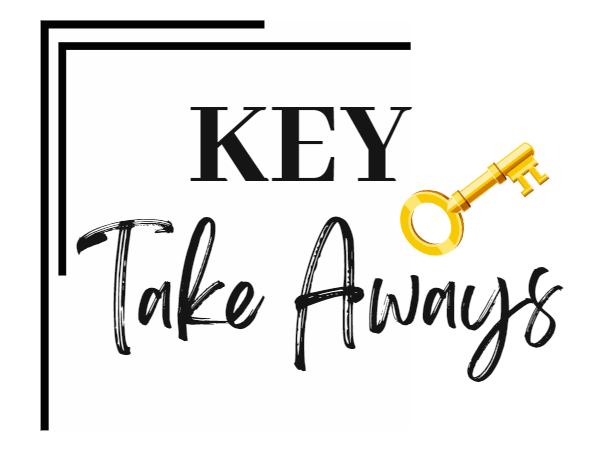CRITICAL ILLNESS INSURANCE

If you’re lucky, you’ve probably never had to use critical illness insurance Perhaps you’ve never even heard of it. But in the event of a big health emergency, such as cancer, a heart attack, or a stroke, critical illness insurance could be the only thing standing between you and financial ruin.
Many people assume they’re fully protected with a standard health insurance plan, but the exorbitant costs of treating life-threatening illnesses are usually more than any plan will cover. Read on to learn more about critical illness insurance and whether it's something you and your family should consider.

- Critical illness insurance provides additional coverage for medical emergencies like heart attacks, strokes, or cancer.
- Because these emergencies or illnesses often incur greater-than-average medical costs, these policies pay out cash to help cover those overruns when traditional health insurance may fall short.
- These policies come at a relatively low cost. However, the instances that they will cover are generally limited to a few illnesses or emergencies.
Critical Illness Insurance 101
As the average life expectancy in Canada continues to increase, insurance brokers are finding ways to make sure Canadians can afford the privilege of getting older. Critical illness insurance was developed as people realized that surviving a heart attack or stroke could leave a patient with insurmountable medical bills.
Critical illness insurance provides a benefit if you experience one or more of the following medical emergencies:
- Heart attack
- Stroke
- Organ transplants
- Cancer
- Coronary bypass
Critical illness insurance can pay for costs not covered by traditional insurance. The money can also be used for nonmedical costs related to the illness, including transportation, childcare, and so on. Typically, the insured will receive a lump sum to cover those costs. Policy pricing is impacted by a few factors, including the amount and extent of coverage, the sex, age, and health of the insured, and family medical history.
There are exceptions to critical illness insurance coverage. Some types of cancer may not be covered, while chronic illnesses are also frequently exempted. You may not be able to receive a payout if a disease comes back or if you suffer a second stroke or heart attack. Some coverage might end when the insured reaches a certain age. So, like any form of insurance, make sure to read the policy carefully. The last thing you want to worry about is your emergency plan.
Because these illnesses require extensive medical care and treatment, their costs can outstrip a family’s medical insurance policy quickly. If you don’t have an emergency fund or health savings account (HSA), you’ll have an even harder time paying those bills out of pocket.
Why It May Be Important
You can purchase critical illness insurance on your own or through your employer (many offer it as a voluntary benefit). You can also add it to your current life insurance plan as a rider, which may be a more affordable option with the same benefit.
One of the reasons companies have been keen to add these plans is that they recognize employees are worried about steep out-of-pocket expenses. Unlike other healthcare benefits, workers generally bear the entire cost of critical illness plans. That makes it a money saver for companies and workers alike.
A big draw of critical illness insurance is that the money can be spent on a variety of things, such as:
- To pay for critical medical services that might otherwise be unavailable
- To pay for treatments not covered by a traditional policy
- To pay for daily living expenses, enabling the critically ill to focus their time and energy on getting well instead of working to pay their bills
- Transportation expenses, such as getting to and from treatment centers, retrofitting vehicles to carry scooters or wheelchairs, and installing lifts in homes for critically ill patients who can no longer navigate staircases
- Terminally ill patients, or those simply in need of a restful place to recuperate, can use the funds to take a vacation with friends or family
Low Cost, Limited Coverage
Part of what makes these policies appealing is that they generally don’t cost much, especially when you get them through an employer. Some smaller plans run as little as $25 a month.
Some healthcare experts are skeptical as to whether they really are a good deal for consumers. One overarching concern is that they’ll only reimburse you for a somewhat narrow range of illnesses. If the illness you’re diagnosed with doesn’t fit the definition of a covered illness, you’re out of luck.
Like all insurance policies, critical illness policies are also subject to a host of stipulations. Not only do they cover only the conditions listed in the policy, but they cover them only under the specific circumstances noted in the policy. A diagnosis of cancer, for example, may not be enough to trigger payment of the policy if the cancer has not spread beyond the initial point of discovery or is not life-threatening. A diagnosis of a stroke may not trigger a payment unless the neurological damage persists for more than 30 days..
Alternatives to Critical Illness Insurance
Insiders point out that there are alternative forms of coverage without all these restrictions. Disability insurance, for example, provides income when you can’t work for medical reasons, and financial protection isn’t limited to a narrow set of illnesses. This is an especially good option for anyone whose livelihood would take a significant hit from a prolonged work absence.
You can also build a separate savings account to cover nonmedical outlays that could arise if you have cancer, for example, and have taken leave from your job.
What Are the Pros of Critical Illness Insurance?
Critical illness insurance provides a lump sum of money when you are diagnosed with an illness covered under the policy. The payout can be spent on any needs, including nonmedical expenses such as mortgage payments, transportation or equipment, or even vacation while you recover. The premiums are low and affordable, compared with those of a typical health insurance policy.
What Are the Cons of Critical Illness Insurance?
Some types of cancer may not be covered, and chronic illnesses are frequently exempted. Recurrences of a critical illness, such as a second stroke or heart attack, may not receive a payout. Coverage might end or be reduced when the insured reaches a specified age. It is important to note the particular circumstances under which a policy covers a condition, as some critical illness policies stipulate narrow restrictions.
The Bottom Line
Critical illness insurance can alleviate some of the financial worry in the event that you become too sick to work. It provides some flexibility in that you can use the money paid out as you wish to cover a wide variety of potential needs.
However, there are some drawbacks and stipulations to this type of insurance coverage. Even with a family history of a specific condition, you might find that other types of insurance would better meet your needs. As with all types of insurance, you should shop around to find the policy that best meets your needs and situation. Disability insurance might be a better choice because the benefits are more comprehensive, and they pay out for a longer time.
Disclaimer: Aviso Insurance Inc. offers financial planning, life insurance and investments to members of credit unions and their communities. Your insurance contract will provide details of the coverage available under the plan you choose. Restrictions may apply.
The information contained on this website was obtained from sources believed to be reliable; however, we cannot guarantee that it is accurate or complete. This material is provided as a general source of information and should not be considered personal advice. Please speak to your Aviso Insurance Representative or personal financial representative before making any financial planning decision or implementing any strategy.
SOURCE: https://www.investopedia.com